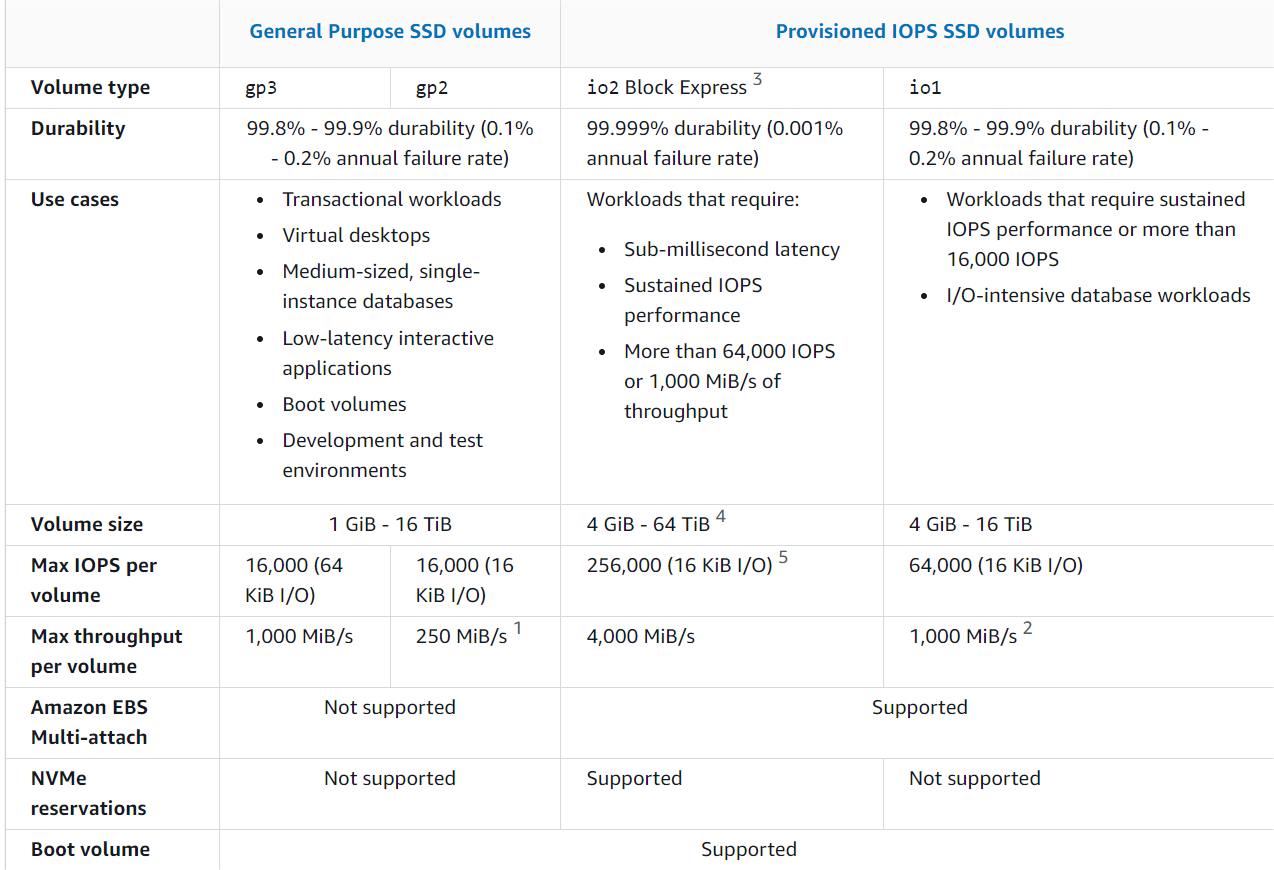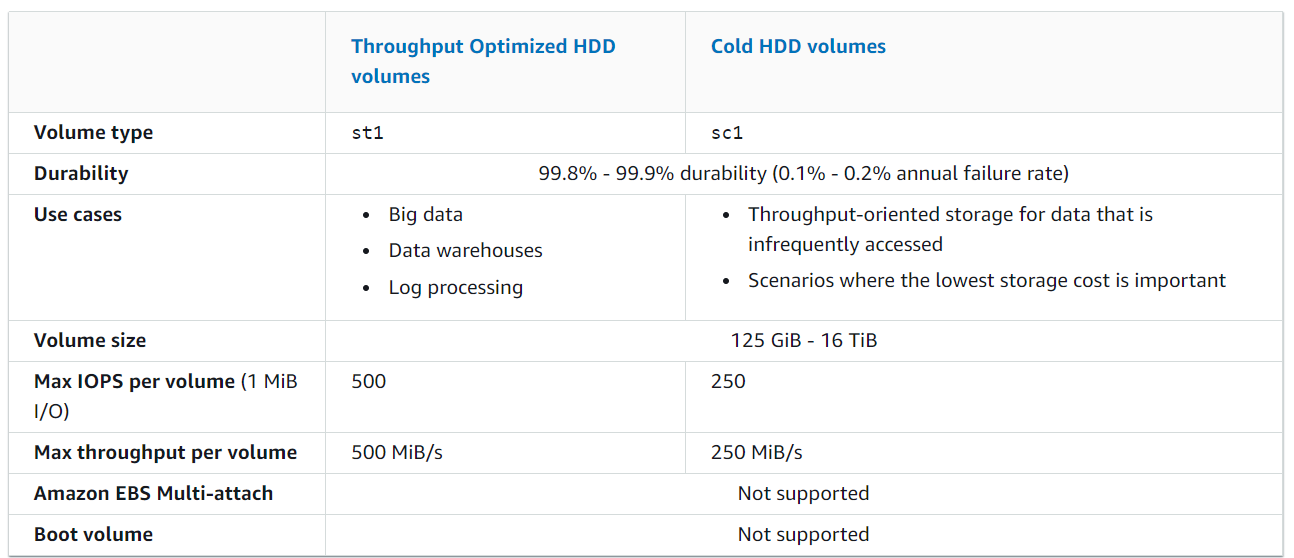Day 15 - Getting Started with AWS EBS
 Arnold Bernard
Arnold Bernard
What is Amazon Elastic Block Store?
Amazon Elastic Block Store (Amazon EBS) provides scalable, high-performance block storage resources that can be used with Amazon Elastic Compute Cloud (Amazon EC2) instances. With Amazon Elastic Block Store, you can create and manage the following block storage resources:
Amazon EBS volumes — These are storage volumes that you attach to Amazon EC2 instances. After you attach a volume to an instance, you can use it in the same way you would use a local hard drive attached to a computer, for example to store files or to install applications.
Amazon EBS snapshots — These are point-in-time backups of Amazon EBS volumes that persist independently from the volume itself. You can create snapshots to back up the data on your Amazon EBS volumes. You can then restore new volumes from those snapshots at any time.
Usage Scenarios for EBS Volumes
EBS volumes are incredibly versatile and can be used for various purposes, including:
Operating System and Application Storage: Attach EBS volumes to EC2 instances to store the operating system, applications, and related data.
Databases: Ideal for database storage due to their low-latency performance and reliability. Common databases hosted on EBS include MySQL, PostgreSQL, and MongoDB.
Enterprise Applications: Support enterprise applications that require persistent storage, such as ERP systems, CRM systems, and analytics platforms.
Backup and Disaster Recovery: Use EBS snapshots to create backups of your volumes, which can be restored to the same or different availability zones in case of data loss or disaster recovery scenarios.
Development and Testing Environments: Provide developers with persistent storage for development and testing purposes without the risk of losing data.
Types of EBS Volumes
Solid state drive (SSD) volumes

Hard disk drive (HDD) volumes

Features of EBS according to their types
General Purpose SSD (gp2):
Features: Balanced performance for a wide range of workloads.
Use Cases: Ideal for operating systems, small to medium-sized databases, and development environments.
Performance: Baseline of 3 IOPS/GB with burst capability for higher performance.
Provisioned IOPS SSD (io1):
Features: Designed for I/O-intensive applications.
Use Cases: Critical databases (e.g., Oracle, SQL Server), transactional workloads.
Performance: Allows provisioned IOPS up to 64,000 and throughput up to 1,000 MiB/s per volume.
Throughput Optimized HDD (st1):
Features: Low-cost HDD storage optimized for frequently accessed data.
Use Cases: Big data processing, data warehouses, and log processing.
Performance: Provides high throughput with a maximum of 500 MiB/s per volume.
Cold HDD (sc1):
Features: Lowest cost HDD storage for infrequent access workloads.
Use Cases: Long-term storage, backup, and archival data.
Performance: Offers economical storage with throughput up to 250 MiB/s per volume.
Provisioned IOPS SSD (io2):
Features: High durability and high IOPS performance.
Use Cases: Applications requiring sustained IOPS performance, and critical production databases.
Performance: Offers up to 64,000 IOPS per volume and 1,000 MiB/s throughput, with enhanced durability (99.999%).
General Purpose SSD (gp3):
Features: Cost-effective SSD volumes with flexible performance provisioning.
Use Cases: Large-scale web servers, content management systems, and development environments.
Performance: Base performance of 3,000 IOPS and 125 MiB/s throughput, scalable independently of volume size.
Reference for this blog has been taken from link
Subscribe to my newsletter
Read articles from Arnold Bernard directly inside your inbox. Subscribe to the newsletter, and don't miss out.
Written by
